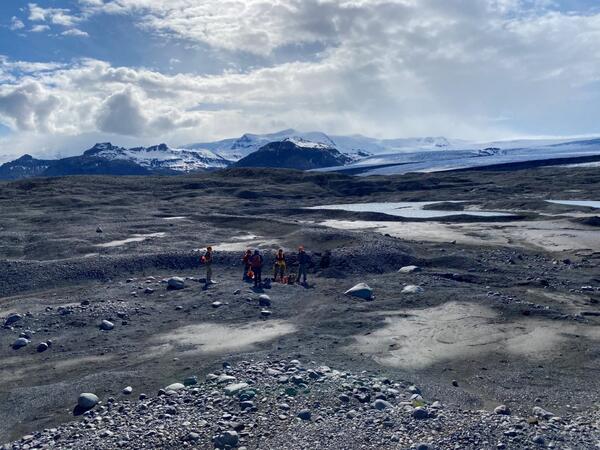Evidence of paleo-rivers, fans, deltas, lakes, and channel networks across Mars has prompted much debate about what climate conditions would permit the formation of these surface water derived features. Pediments, gently sloping erosional surfaces of low relief developed in bedrock, have also been identified on Mars. On Earth, these erosional landforms, often thought to be created by...
Authors
A.B. Bryk, W.E. Dietrich, Kristen A. Bennett, V.K. Fox, C.M. Fedo, M.P. Lamb, E.S. Kite, L.M. Thompson, S. G. Banham, J. Schieber, J.A. Grant, A.R. Vasavada, A.A. Fraeman, Lauren A. Edgar, P. J. Gasda, R.C. Wiens, J.P. Grotzinger, K. Stack-Morgan, R.E. Arvidson, O. Gasnault, S. Le Mouelic, S. Gupta, R.M.E. Williams, R.Y. Sheppard, K.W. Lewis, D.M. Rubin, W. Rapin, M.N. Hughes, M. Turner, S.A. Wilson, J.M. Davis, R.E. Kronyak, L. Le Deit, L.C. Kah, J. Frydenvang, R.J. Sullivan, C.C. Bedford, E. Dehouck, H.E. Newsom, M.C. Malin





